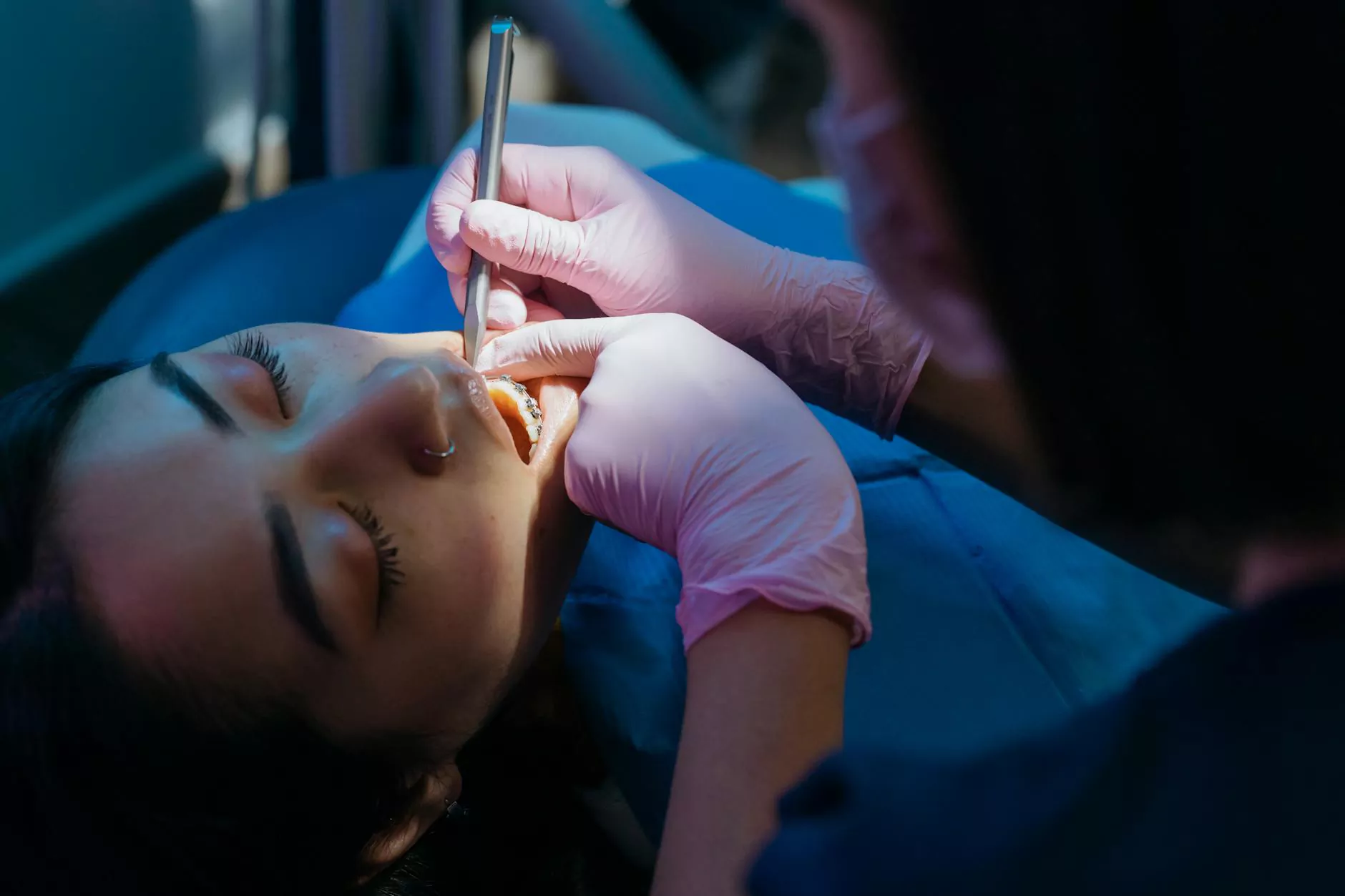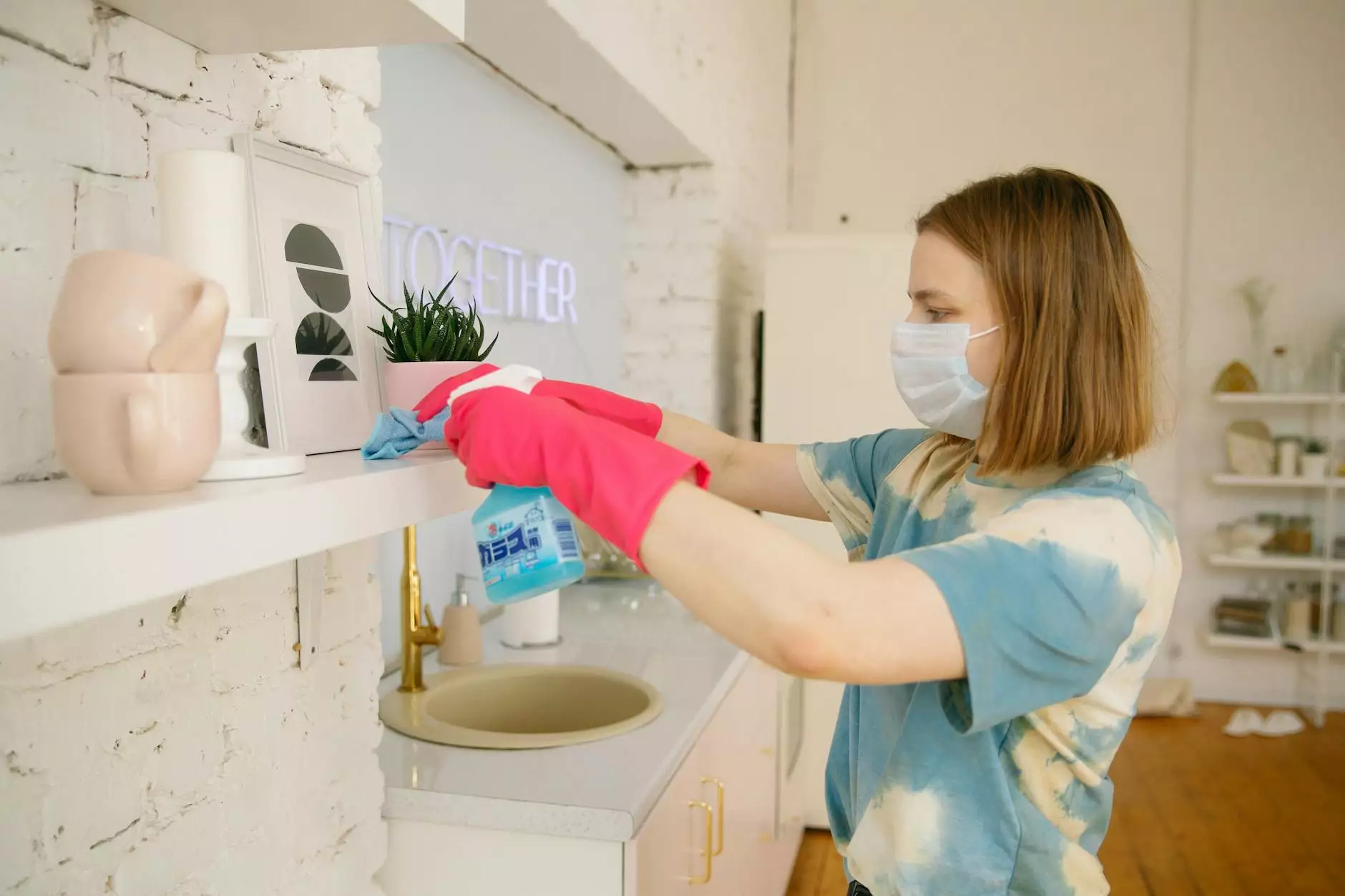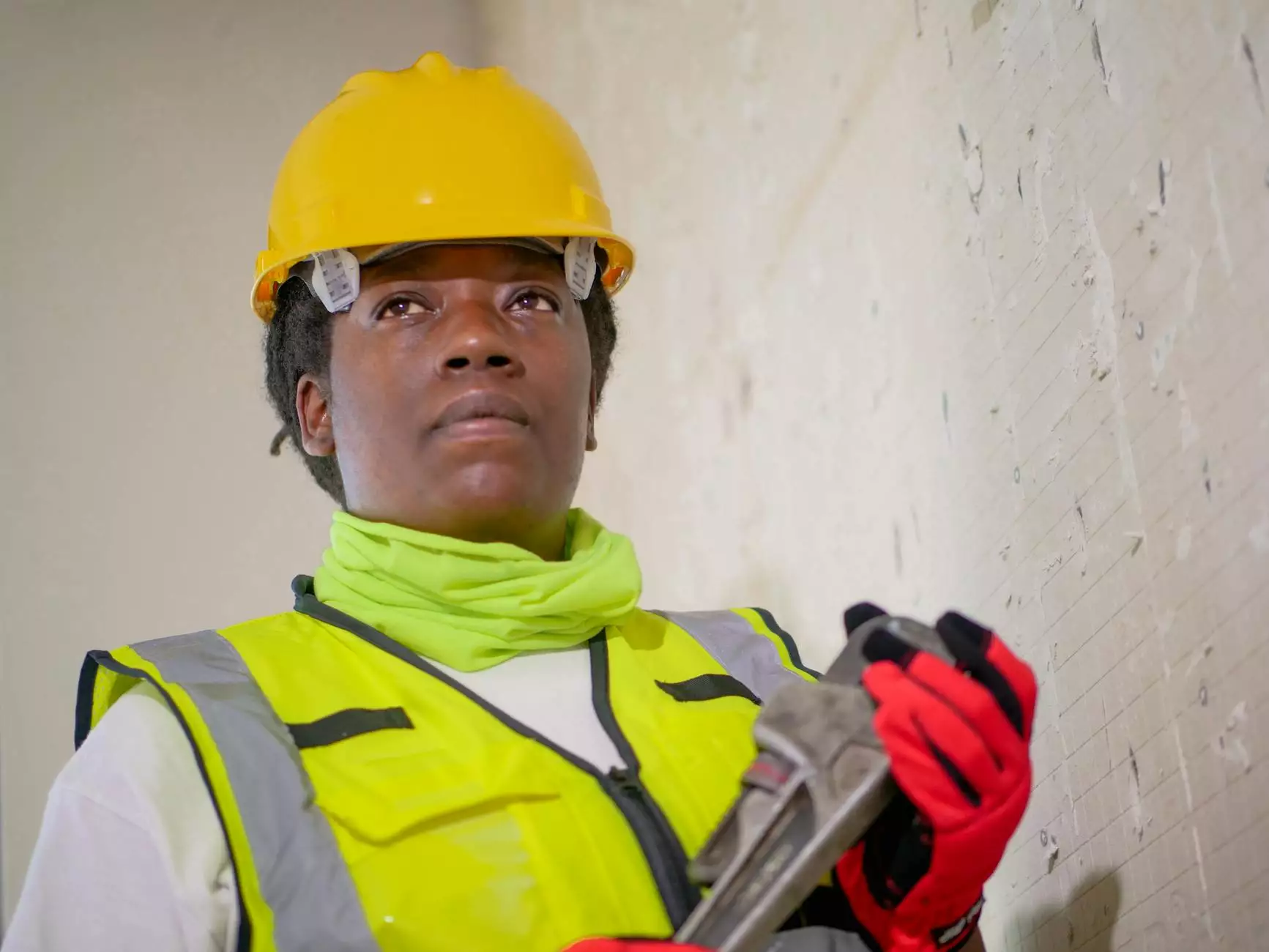The Uses of VR and XR in Surgical Training

In recent years, the landscape of medical education has undergone a monumental shift, primarily driven by advancements in technology. Among these, Virtual Reality (VR) and Extended Reality (XR) have emerged as groundbreaking tools that redefine the methodologies employed in surgical training. This article will delve deep into the uses of VR and XR in surgical training, illustrating their benefits, applications, and the future they herald for medical professionals.
The Evolution of Surgical Training
Traditionally, surgical training has required extensive hands-on experience, often reliant on a limited number of live surgeries or the use of cadaver resources. Medical students and residents would spend countless hours in operating rooms, learning the intricacies of surgical procedures under the supervision of seasoned surgeons. However, with the increasing demand for healthcare professionals and the limitations of traditional training methods, there is a pressing need for innovative solutions.
Understanding VR and XR
Before we dive into their applications, it's crucial to differentiate between VR and XR:
- Virtual Reality (VR): An immersive, computer-generated environment where users can interact with a 3D world through specialized headsets and controllers. This experience is entirely synthetic and provides users with a sense of presence in a digital space.
- Extended Reality (XR): An umbrella term that encompasses VR, Augmented Reality (AR), and Mixed Reality (MR). XR expands the spectrum of reality by blending digital and physical worlds, providing various levels of interactiveness and immersion.
Transformative Benefits of VR and XR in Surgical Training
The integration of VR and XR into surgical training brings forth numerous advantages. Let's explore some of the most significant benefits:
1. Safe Training Environment
One of the most compelling reasons for adopting VR and XR is the ability to practice in a risk-free environment. Surgical trainees can perform procedures repeatedly without endangering actual patients. This not only enhances their confidence but also allows for error correction and skill refinement without real-world consequences.
2. Enhanced Retention of Knowledge
Studies suggest that immersive learning environments significantly improve knowledge retention. VR simulations engage multiple senses, leading to deeper cognitive processing of surgical concepts and techniques, ensuring that crucial information is embedded in the trainees' long-term memory.
3. Accessibility and Convenience
VR and XR technologies enable access to high-quality surgical training materials and simulations from anywhere, at any time. This flexibility is especially beneficial for students in remote areas or those with limited access to surgical mentors. Furthermore, training can be conducted at individual or group levels, accommodating different learning paces and styles.
4. Standardization of Training
The use of VR and XR allows for the creation of standardized training modules, ensuring that every trainee receives uniform training experiences. This standardization reduces the disparities in surgical skills and knowledge amongst practitioners, leading to improved overall quality of care.
Applications of VR and XR in Surgical Training
Now that we've discussed the benefits, let's delve into specific applications of VR and XR in surgical training:
1. Surgical Simulators
Advanced surgical simulators have been developed using VR technology that accurately replicates various surgical scenarios. These tools allow surgical trainees to practice complex procedures, such as laparoscopic surgeries, with precision. Trainees can manipulate virtual instruments, apply techniques, and observe the outcomes in a completely immersive 3D environment.
2. Preoperative Planning
X-ray and MRI scan data can be transformed into 3D models via XR technologies, allowing surgeons to rehearse surgeries before the actual operation. This preoperative visualization enhances understanding of the anatomy involved and aids in strategizing the surgical approach, reducing the likelihood of complications during real-time procedures.
3. Remote Collaboration and Learning
VR and XR technologies allow for remote surgical assistance and collaboration between surgeons and trainees. A seasoned surgeon can guide a trainee through a procedure via an XR interface, providing real-time feedback and advice. This application fosters a new era of collaborative learning, bridging the gap between experienced professionals and newcomers in the field.
4. Assessment and Feedback
Training solutions can integrate performance analytics, tracking the actions of trainees during simulations. This data can be utilized to provide personalized feedback and assess their skill development. Knowing their strengths and weaknesses allows trainees to focus on areas needing improvement, optimizing their training experience.
Success Stories and Case Studies
The successful implementation of VR and XR in surgical training is exemplified by numerous case studies:
Case Study 1: The University of California, Los Angeles (UCLA)
UCLA has adopted VR platforms to facilitate training for its surgical residents. The immersive nature of the technology has allowed residents to practice various surgical techniques, significantly decreasing the need for live animal surgeries and lowering costs while enhancing learning outcomes.
Case Study 2: The Imperial College London
Imperial College has demonstrated the efficacy of XR in the preoperative planning stages. By utilizing 3D models developed from patient scans, surgical teams were able to visualize individual cases, plan adequately, and reduce operation time, leading to improved patient safety and outcomes.
The Future of Surgical Training with VR and XR
As we look ahead, the role of VR and XR in surgical training is poised for significant expansion. Continuous advancements in technology, such as better hardware, more lifelike graphics, and enhanced interaction capabilities, will further enrich the training experience.
Furthermore, as these technologies become more affordable and accessible, we can expect broader adoption across medical institutions globally. This progress will not only enhance surgical education but also influence patient care positively, leading to improved outcomes in surgeries performed by well-trained professionals.
Conclusion
The uses of VR and XR in surgical training represent one of the most exciting frontiers in medical education. By providing safe training environments, enhancing knowledge retention, ensuring accessibility, and standardizing training, these advanced technologies are revolutionizing how future surgeons learn and practice. With successful implementations and case studies backing their efficacy, it is clear that VR and XR are integral to the future of surgical excellence.
As medical training continues to evolve, embracing these innovations will be essential for healthcare professionals aiming to provide the highest quality of care to their patients. The potential for VR and XR technologies in surgical training is not just a passing trend; it is a profound shift that paves the way for a brighter future in medicine.









